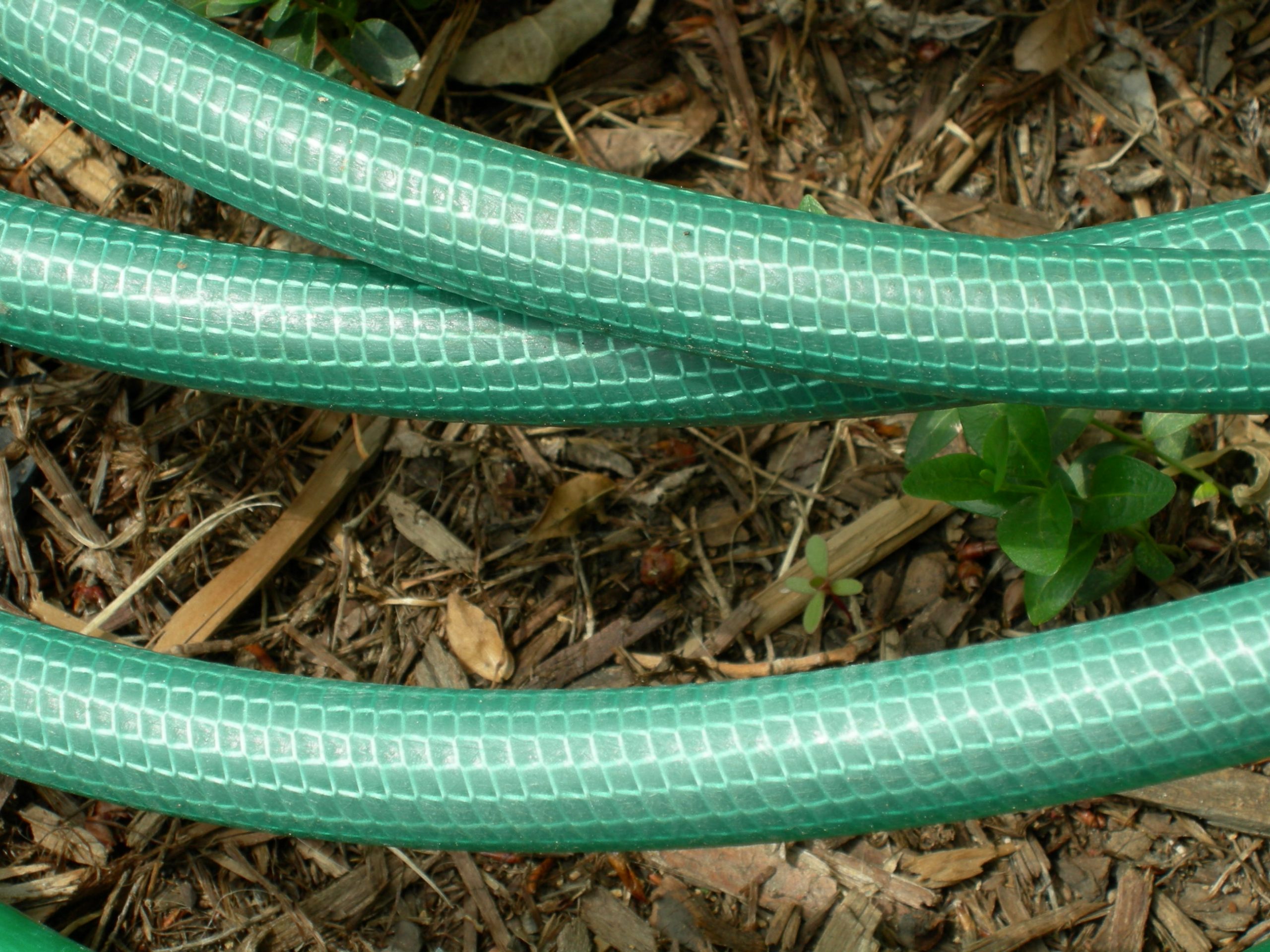
Energy leak: A point at which force disappears due to an unflexed group of muscles or non-secured joint.
Go out and try to hit a baseball with a rubber hose. It just won’t work no matter how good your form. This idea hit me for a few reasons:
- I'm weird and admittedly so.
- I've been trying to explain to my athletes how all the energy leaks in their lifting were creating submaximal numbers.
The two ends of the hose aren't firmly connected, just as the two adjacent joints in a lift must be firmly locked in. No, I'm not saying they can't move, but they must be supported.
I can’t remember where I heard it most recently or if I heard it anywhere, but the term ‘energy leaks’ has been coming out of my mouth more and more often at my gym. I train athletes and men, and it isn't an accident that in addition to their performance on the field, they both want to lift some heavy a** weight. Of course, this can't be done immediately. After weeks and possibly months of GPP, depending on where I get these guys, I will progress them to the big three lifts or variations of the lifts. I notice that on every one of those lifts, you will more than likely see an upper back round on a deadlift or squat (not to mention the always feared rounding of the lower back) or the wrists break on the bench press. These are just some of the many energy leaks that can happen.
I'm going to use the bench press as an example. First, I have my athletes perform some light benching after they have mastered their body weight in movements such as push-ups and pull-ups. When they first get on the bench, they more than likely bench like typical bodybuilders—all chest, shoulders, and arms at 90 degrees to the torso; no scapular retraction; no tightening of the glutes; and no gripping of the floor with the feet. The list could go on. I then have the athlete stand up and I put him through the hand shake test (thanks Pavel), in which he squeezes my hand as hard as he can. Then I have him flex the opposite arm, grip the floor, and tighten the abs and his gripping strength goes through the roof. He has just eliminated energy leaking.
It doesn’t matter how much force you can produce if it gets lost and disperses at a weak joint or joint that isn't firmly in place. For my younger athletes—check that, all athletes—this is often the core. Again, it doesn't matter how big and strong you are if you have a core of jello because once the force and energy reach that jello core, the force will disperse. If I have an athlete who can potentially jump 40 inches, he will never realize it until he can transmit the force applied to the ground up through the core and out to the limbs. This is a key reason why there must be some core control and core development in your training programs. Yes, your core is stimulated greatly in the big lifts, but if the lifter isn't aware of the core and how to activate it, you've just created an energy leak.
What drives me nuts are when the wrists aren't in line with the forearms on the bench press. I could have my athletes perfect on all other aspects of the bench press, but if those wrists are flimsy, they've created an ‘energy leak.’
So this is where my "trying to hit a softball or baseball with a rubber hose" idea came from. There literally won't be any force transmitted because it will all be lost upon contact with the hose and ball. This doesn't just apply to the big lifts. The whole reason I perform the big lifts with my athletes is for performance in the sport.
Think about how many potential energy leaks we can have in the swinging of a baseball bat. Energy leaks can only be corrected through body awareness just as an arrogant idiot can only correct himself through self-awareness (if at all). Put a wooden or steel bat in your hands and start transmitting force from your body through to the ground and back up to the barbell!








